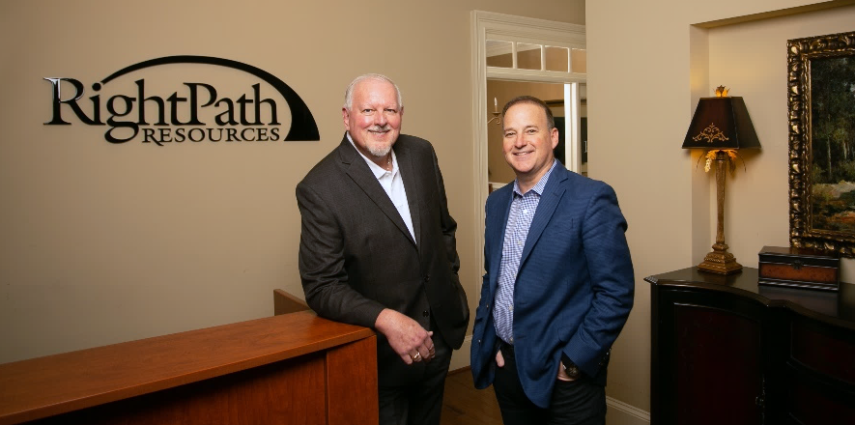Pro tools for decreasing burnout and finishing strong
All Iditarod mushers know the words “Burled Arch.” What sounds like a strange landmark to anyone else is excitement—and relief—to their ears.
The Burled Arch means victory. It’s the term mushers use for the long-awaited finish line.
The destination each team hopes to see at the end of their strenuous trek.
The term “Destiny” comes from the same word as Destination. Destiny is not “Fate” (“Well, whatever happens to me, that’s my Destiny.”) No, Destiny is a pre-decided Destination that I am determined to reach!
With “Burled Arch Destiny” all we need is the map, the skill, and the will to get there! Maps are createable. Skill is teachable. There’s only one question left—do you have the WILL?
Finding and honing the will is easier than you think. What I would tell people is this: “Dream big and then learn the steps to get you there.”
It starts with these questions:
- Where are you now along this trail?
- Why do you want this Destiny?
- What will you need to Learn?
- What skills will you need to develop?
- What role will others play in helping you reach this Burled Arch?
- What are measurable steps along the way?
- What is the NEXT step? (And then take it!)
If you continue to ask these questions and then take the next step, nothing can stop you from reaching your “Burled Arch Destiny.”
As you prepare for your destination, here are some “pro tips from the trail” that every leader needs if they really want to make it to the finish line.
These mental checks help guard against frustration, burn-out, confusion—and when you’ve wandered, they put you back on the path to success.
It Might Get Messy
No one gets it right the first time. No one reaches their potential in one day, week, or year.
It’s not going to be perfect, but that’s okay. Because anything worth doing is worth doing UGLY!
Ugly is real—and it leads us to continuous improvement!
Remember how bad we all were when we first started learning to play sports as little kids? Eventually, if the will persists, the skill improves—and you make JV and then on to varsity!
It takes talent, but as my mentor John Maxwell says, “Talent is NEVER enough!”
Every Checkpoint is a Victory.
After each Next Step, celebrate small victories like crazy!
Celebrate any progress—yes, any—toward your Burled Arch Destiny. If you learn a new skill, take a new class, spend 30 minutes in dreaming and mapping, whatever it is, mark it down and celebrate the wins!
This is the fuel needed to keep it up! Why keep running if you think you’re not going anywhere?
Mark your progress, even the small steps, and celebrate!
Find the Right Belief
What the roots drink, the fruits think! Our beliefs as leaders, as team members, and as people have a lot of power over what we actually accomplish.
Before 1957, some athletes believed that a sub-4 minute mile was impossible. They kept trying, but after so many failures, it was easier to chalk the record up to fantasy—a goal potentially just too strenuous for the human body.
Then came Roger Bannister. He started his running career at 17 with an already impressive 4:24 mile/minute pace. Eight years into his career, still no one else had broken the 4-minute mile.
But on May 6, 1954, during an Oxford meet and winds of up to twenty-five mph—that just happened to die down right before his race—Roger Bannister completed the mile in a crowd-rousing 3 minutes and 59.6 seconds.
What’s more astounding?
He held the record for only three weeks.
And within three years of Roger’s ground-breaking physical feat, 16 other runners also cracked it.
Once they could visualize the path to victory, it seemed like anyone could achieve the “impossible.”
Check yourself: where could beliefs be limiting you and where are they advancing you?
Partner up with Inspiring Individuals
Lastly, make sure to find an encouraging friend, accountability partner, or coach. When you start to doubt (which we all do!), when you want to quit, you’ll need them to cheer you on!
Fight the self-defeating voices with everything you have! Saturate yourself in can-do positivity! Find a voice, someone that lifts you up, and listen to their positive beliefs.
I listen (almost daily) to speakers that are highly positive and motivational. Why? Because I need it too!
Read, listen, watch anything you can to make sure your tank stays full of the belief in possibilities!
Keep dreaming. Keep moving. Keep growing. Keep doing!
The Burled Arch is ahead.









